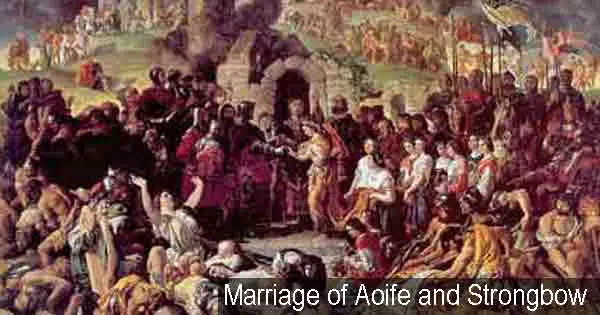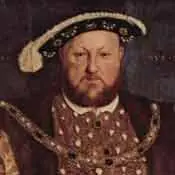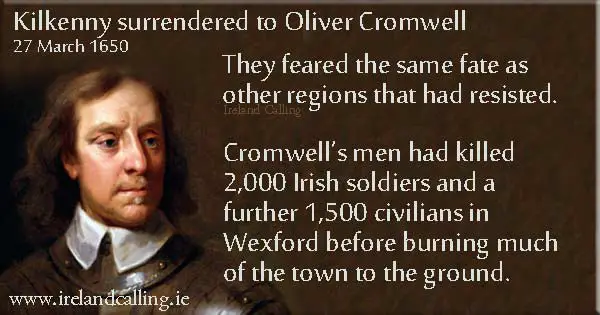As Ireland entered the 12th century it continued to be divided into several separate kingdoms, all jockeying for position and influence over the whole country. They were subject, at least nominally if not always in reality, to the High King of Ireland.
Early settlers and Vikings
Norman invasion
Ireland becomes part of Britain
In 1166, the new High King of Ireland, Rory O’Connor, ousted Dermot MacMurrough as the King of Leinster.
MacMurrough asked Henry II of England for permission to recruit Norman knights to help reclaim his throne. The permission was granted and Norman troops landed in 1167.
King Henry II invaded to counter Strongbow
After his reinstatement, MacMurrough arranged for his daughter Aiofe to marry the Norman Richard de Clare, Earl of Pembroke – more commonly known as Strongbow.

This alarmed Henry who feared that Strongbow would become too powerful. To prevent this he invaded Ireland in 1171 in order to suppress the country and establish his rule.
After a successful campaign, Henry awarded his newly won Irish territories to his son John, under the title Lord of Ireland.
It was the beginning of nearly 900 years of British rule in Ireland.
British monarchs increased their stranglehold

Over the coming centuries, successive British monarchs increased their control over Ireland. Henry VIII promoted Ireland from mere Lordship to a full Kingdom and in the process declared himself as King of Ireland.
He never managed to exert total control, however, but his work was continued by Queen Elizabeth I and James I.
They also tried, unsuccessfully, to make the Irish to convert from Catholicism to the Protestant religion.
Irish land confiscated and given to the British
In the 16th and 17th centuries, the British began confiscating land from the Irish and giving it to Protestants from England and Scotland. The aim was to weaken the influence of the Catholic Church and to provide a hard core of reliable and loyal subjects in Ireland. The settlers were sent to form the bureaucracy to enable the British to govern Ireland.
They were much hated at first but within a few generations, like the Vikings before, many of them inter-married and in some cases came to be seen as more Irish than the Irish.
Irish rebellion and Cromwell’s brutal suppression
In 1641, the Irish rebelled against the confiscation of their lands and the power being given to the new settlers.
The Irish Catholic aristocracy regained control of the country in 1642 and managed to hold on to power until 1649.

However, between 1649 and 1653, Oliver Cromwell invaded and re-established British rule. Cromwell’s approach was ruthless and brutal and he became a hated figure in Ireland for centuries afterwards.
In the years that it took Cromwell to re-establish control, a third of Ireland’s population were either killed or sent into exile.
Early settlers and Vikings
Norman invasion
Ireland becomes part of Britain